21st & 18th reports on the pulse of culture, then & now. Covering topics of art, history and fashion and featuring interviews with voices in fashion and leaders in the arts. Follow 21st & 18th (@21stand18th) on Instagram.
Written by Lauren Lynch Wemple (@lolynchwemple), you can expect two articles per week.
It’s Fourth of July week here in America which means no one is working, or reading their emails. Rather Americans are sunning, grilling, swimming, toasting - doing all the gerund-ed activities we only allow ourselves the pleasure of doing in spurts of heat exhaustion during summer afternoons. Despite it being nearly the Fourth of July, as a global community led by me, an old timey obsessed horse girl who never tires of culture, we shall persist in our pursuit of the higher arts.
This week on 21st & 18th it’s, What I’m Obsessed With (WIOW), the segment of this world where I brain dump on what I can’t stop thinking about. Today the topic is: Americana.
Up first? 4 American artists you should know.
Before we tuck in, I’d like to hear from you. What would you like to read on 21st & 18th in the upcoming weeks? Please vote below or write me at lauren@21stand18th.com to elaborate on your suggestion.
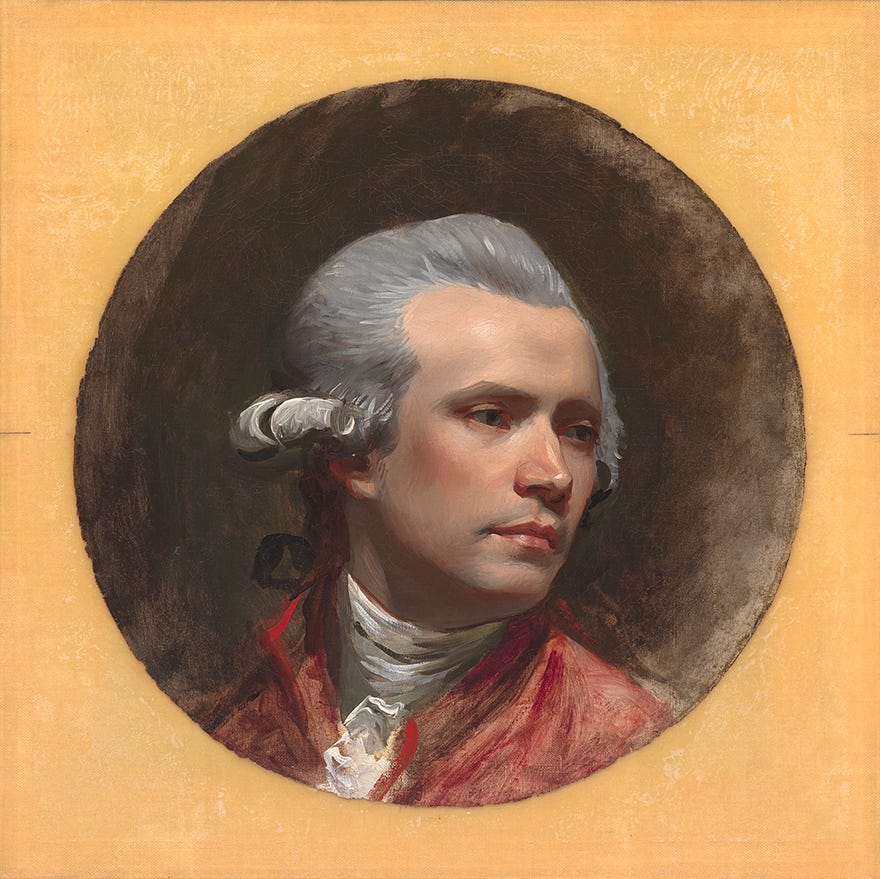
John Singleton Copley, Boston, Massachusetts, b. 1738 - d. 1815
I’m just going to say it. Ralph Lauren’s visual culture would not exist without John Singleton Copley.
We start with John Singleton Copley in New England, because those colonial cities, places like Boston and Philly, were effectively the preamble to American history, as tied to our constitutional government, that we know and study today. I say that Copley walked so Ralph Lauren could run because Copley visually marks the beginning of Americans trying and aspiring. Americans aspiring to legacy, culture and tradition and some sort of upscale yet nonchalant pomp - the kind they lost in the eventual break from England and the crown.
Copley was born in Boston in 1738 and is recognized as the most famous American artist of the 18th century. Copley grew up in Boston and was schooled in the arts locally as well as by his step father, Peter Pelham (b. 1697 - d. 1751), an English engraver who had immigrated to the American Colonies in 1727 and married Copley's widowed mother, Mary Singleton Copley, in 1748. In 1774, Copley traveled to Italy to challenge his already refined painting skills and compare his work against that of his European contemporaries. After a year working in Italy, Copley settled in London with his wife and three of their children who had moved with them from Boston. Copley lived and worked in London until his death in 1815 and produced over 350 works in his lifetime.
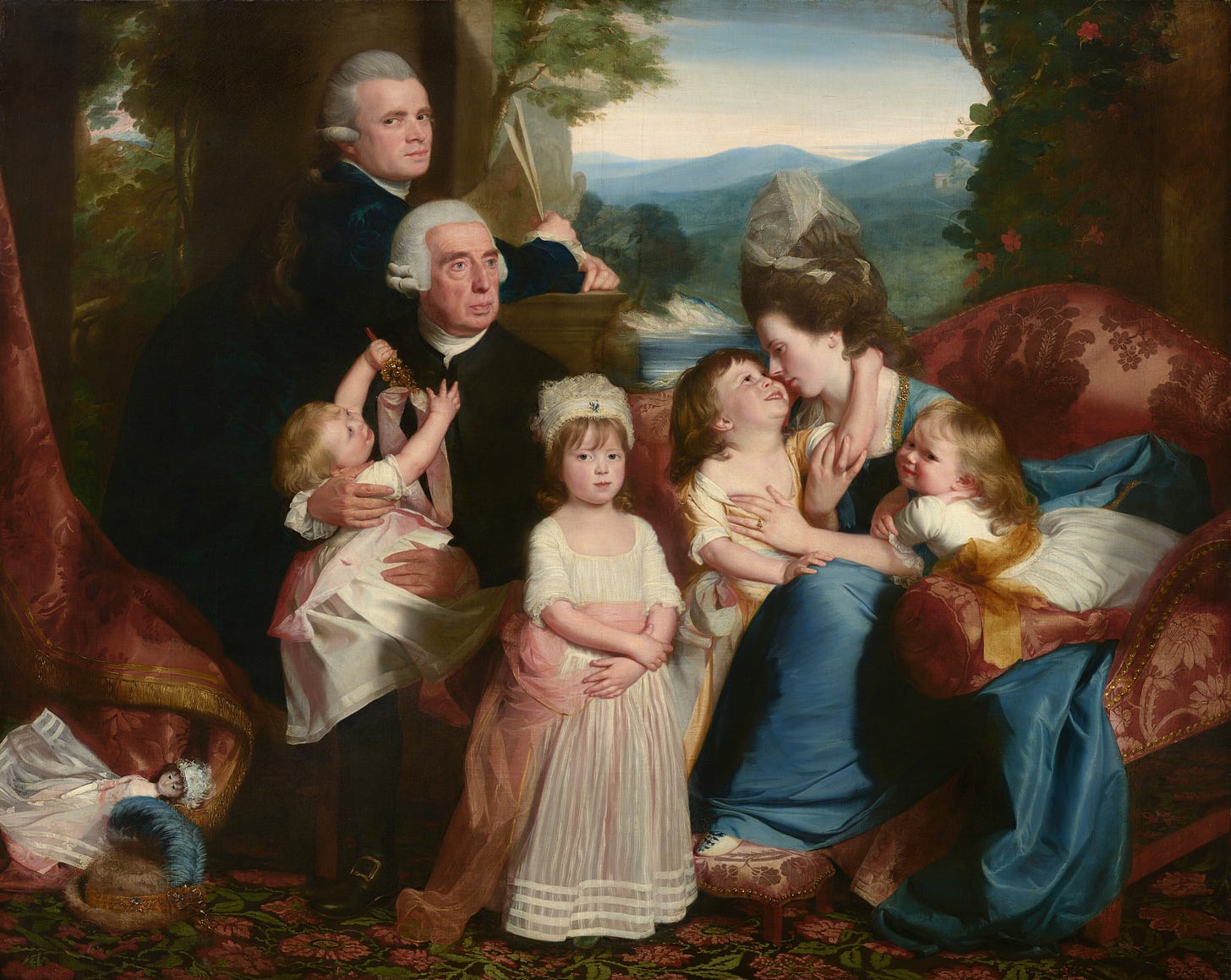
Fun fact: To paint a picture of Copley’s legacy, many places in the US, specifically Boston, are named in his honor ie. Copley Square, Copley township in Ohio, even Copley Crater on Mercury AND his son, also John Singleton Copley, a politician and lawyer, was elevated to the British peerage being made 1st Baron Lyndhurst in 18271.
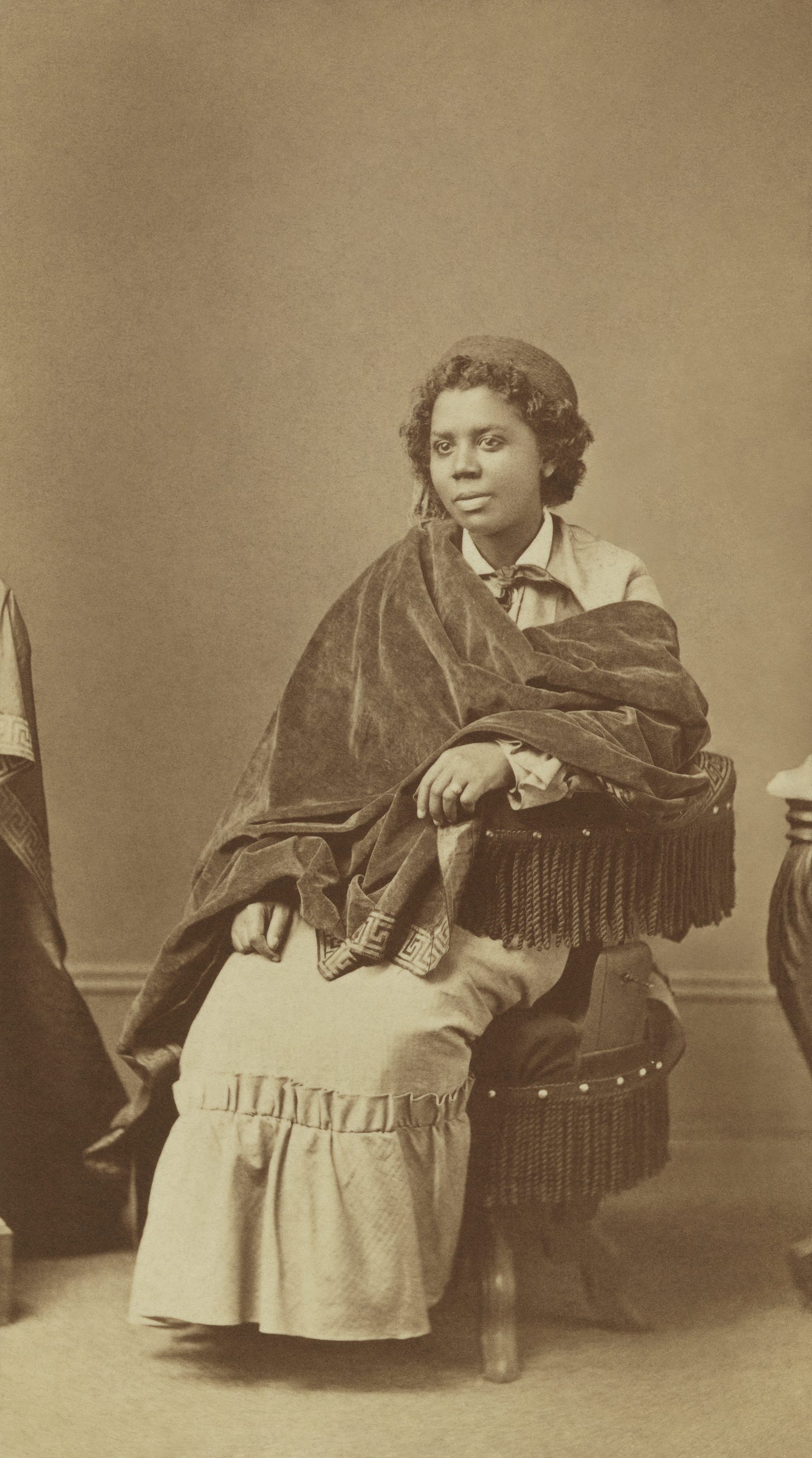
Edmonia Lewis, Greenbush, New York, b. 1844 - d. 1907
Edmonia Lewis is on this list because, first and foremost, she was a talented sculptor, next, she was a mixed woman of Black and Native American descent and to become a professional anything, recorded in history books as a woman and a person of color in 1800s America was pretty dang impossible. With these two facts in mind, we wanted to include her in our round up.
Edmonia Lewis was born in 1844 in Greenbush, New York and because she was orphaned at a young age, she grew up in her mother’s tribe, Chippewa (Ojibwa), who were native to the Great Lakes region and North Eastern plains in the United States. Lewis’ early life would have been full with community, fishing, swimming and the making and selling of crafts. In 1859, Lewis attended Oberlin College in Ohio, which was one of the first schools to accept female and Black students. Despite leaving Oberlin before graduating2, Lewis moved to Boston early in her career and established herself as a professional artist, where she began sculpting her famous anti slavery heroes before relocating to Rome, Italy in 1865. Working in Rome, Paris and London, Lewis became known for her portrait busts and heroic anti slavery and Native American imagery. Lewis died in London in 1907 and is buried in St. Mary’s Catholic Cemetery.
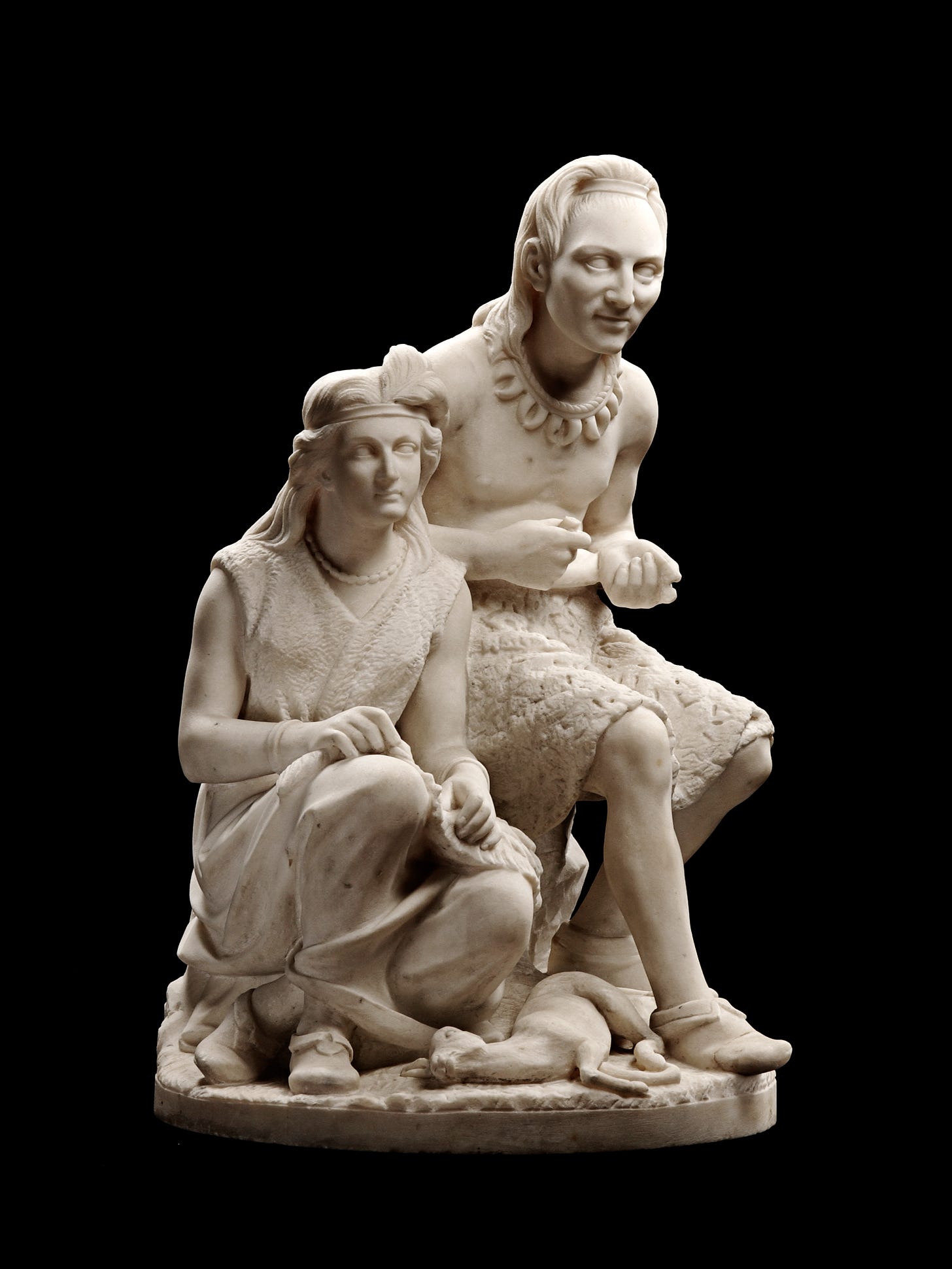
Sculpture is often overlooked, walked past at a brisk pace during a museum visit or not savored the way a painting, in all its colorful glory, might be. I’m here to let you know you need to give sculpture a chance. My favorite thing about viewing and studying sculpture is considering the subject, questioning them as if they could reply. In Lewis’ work, notice her attention to emotion and the mix of classical lines and stylistic softness in her subject’s features. She makes them very human.
Fun fact: In 1877, former U.S. President Ulysses S. Grant commissioned Edmonia Lewis to sculpt his portrait, formally stitching her artistic fame in the tapestry of American history.

Jasper Johns, Augusta, Georgia, b. 1930
It was incredibly difficult to select one American artist from the 20th century because the USA produced some big ticket creative names in this century: Warhol, Basquiat, Lichtenstein, Haring, O’Keefe, Pollock…I could go on and on and, in an oddly patriotic way, it makes me quite proud - proves we know something about the meaning of life here in the Land ‘o the Free. In the end I settled on Jasper Johns, a still living American artist recognized globally for his mixed media reproductions of the American flag and other quotidien objects. Notice how he always delivers his viewers something familiar? From that sense of familiarity springs an ability to chew on emotions or ideals that might otherwise feel too foreign or scary to touch.
Jasper Johns was born in Augusta, Georgia in 1930 and raised in South Carolina. He proved to be an artistic child, apparently stating he wanted to be an artist at the age of five. After attending University of South Carolina and with the urging of his art professors, he moved to New York City in 1948, a residency only upended by two years serving in the Army during the Korean War. After the war Johns returned to New York City where he became friends with other Abstract Expressionist artists, like John Cage and Robert Rauschenberg - here his art developed into what we would recognize as a ‘Jasper Johns’ today. Since the 1950s Johns has lived and worked around New York City and today he lives and works on a 170 acre farm in Sharon, Connecticut.

Fun fact: Jasper Johns plans to turn his farmstead into an artist’s retreat upon his death and has figured that 18 - 24 artists of all types can live and work there each year.

Barbara Kruger, Newark, New Jersey, b. 1945
A graphic designer who came up through publishing at Condé Nast as well as magazines like House & Garden and Mademoiselle all of which aided her in flourishing into a powerhouse visual artist who defines an era of our contemporary history? Barbara Kruger’s is a very American story. Not only because of her punchy text mixed with imagery, but because her job, really the style of an entire industry, became her body of work. Hers is one that blurs the lines between art for art’s sake and the group think trendiness we find rife across pop-culture.
Barbara Kruger was born in Newark, New Jersey in 1945 and had an educational mashup in attendance at Syracuse University and Parsons School of Design. She was educated and began work during the golden age of American Advertising, literally the Don Draper on Madison Ave. enjoying a noon time bourbon days, how could this not have influenced her work? Her days of managing creative for magazines and physically arranging layouts, considering font, size and imagery all in relationship to the reader imprinted on her work forever.

I really enjoy Kruger’s work because it feels like a contemporary conversation, which it is, but she gives you something to go on and that something is often relatable and tongue in cheek but also leaves you questioning your personal existence and use of time3.
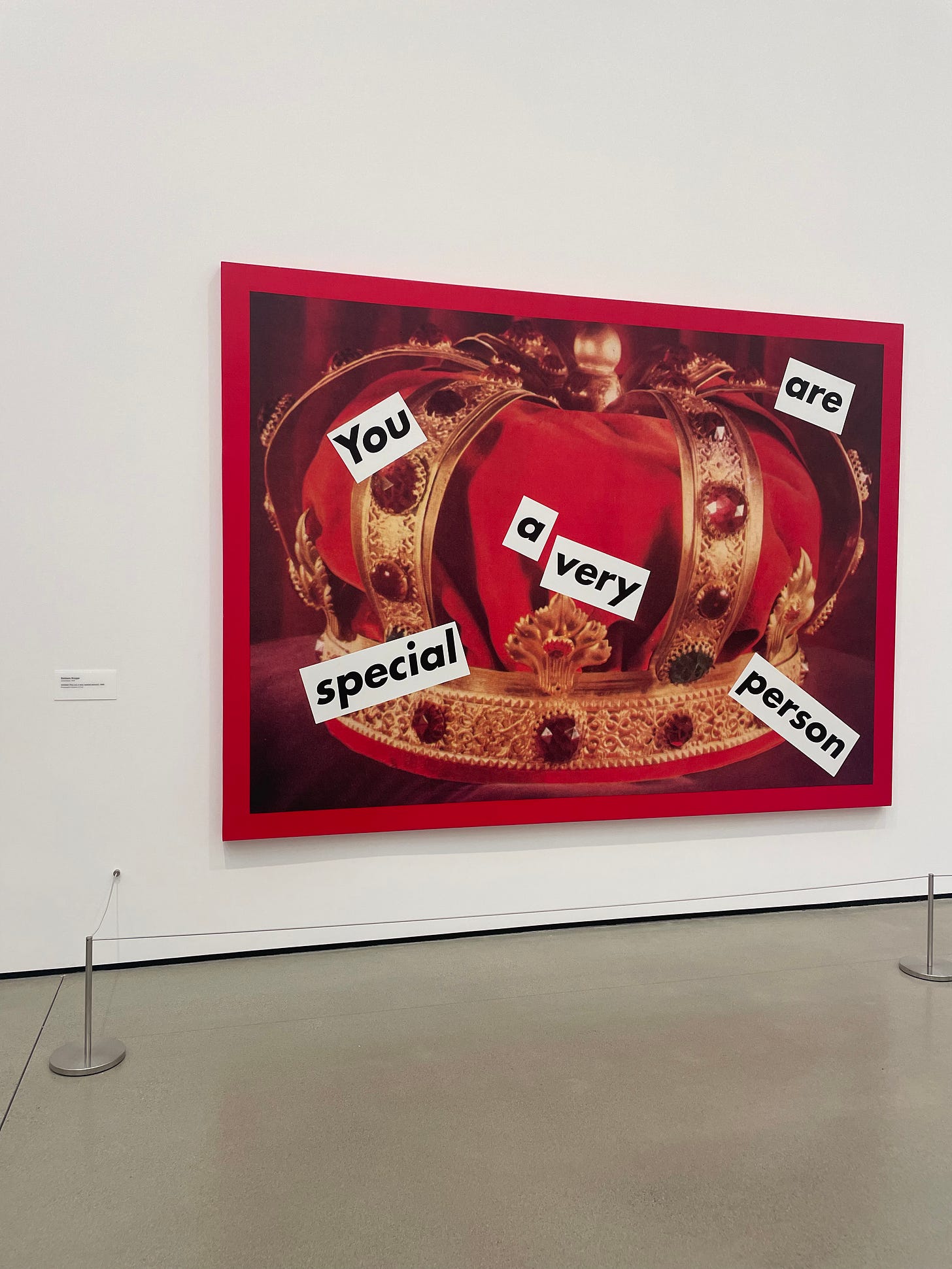
Sadly the title went extinct upon Copley’s death in 1863 as he had no son and heir to inherit (bummer).
Apparently there was an accusation against Lewis that she had poisoned another student, which was false and today and believed to have been racially driven to push her out of the institution (sad).
I’d like a Kruger to hang in my house. Could I ever make that happen? Maybe with 5 million 21st & 18th Patrons and a strong investment portfolio




